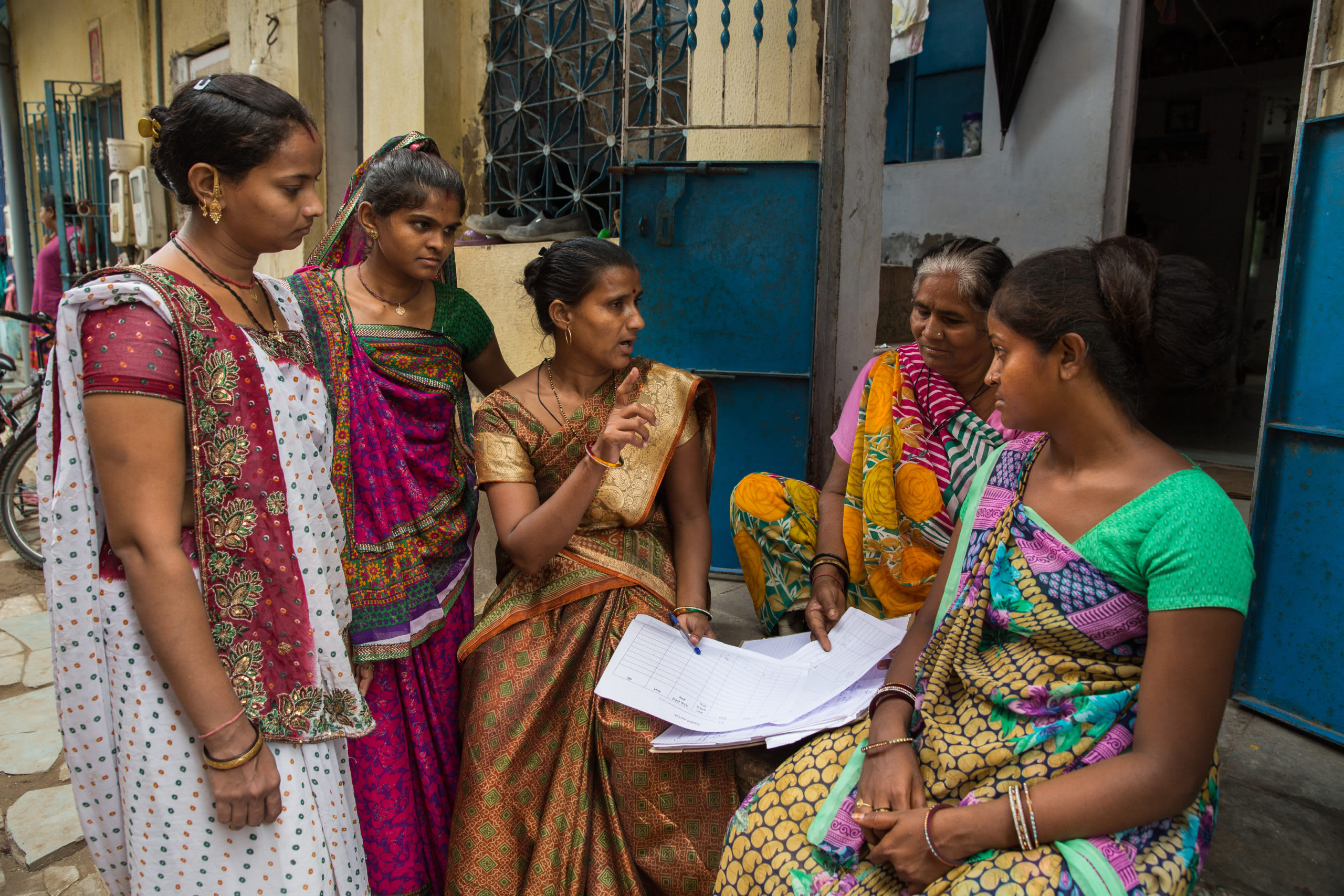
Gender Equality
Achieving gender equality—in leadership, prosperity, health, and safety—will require strategies and coalitions to address the intersecting inequities in power, resources, attention, and norms impacting women, girls, and sexual and gender minorities.

Addressing underlying structures and norms
Supportive policies, structures, and social norms are critical to facilitate gender equality across voice and leadership, economic opportunity, safety, health, wellbeing, and personal agency. Successful efforts to address gender equality must invest in changing harmful social norms, narratives, and related legal and political structures that support them.

Voice and leadership
Leadership and prominent voice by women and gender minorities from grassroots to grasstops result in decision-making and innovative solutions that reflect the needs, interests, and strengths of the full population. We help design approaches to overcome the structural and normative barriers to full participation by women and gender minorities.

Economic opportunity
Gender inclusive economic policies drive higher per capita incomes, reduce poverty rates, improve workforce productivity, strengthen economic stability, and improves the health and safety of all genders. We take a gender-intentional approach to strengthening support systems and removing barriers to economic opportunity.

Safety, health, and wellbeing
To achieve gender equality, it is critical that all genders realize freedom from violence and have sufficient access to food and nutrition, health care, safe drinking water, sanitation, and hygiene. We bring a systems-based approach to addressing these needs, addressing underlying economic, sociopolitical, health, and environmental factors.
Related Case Study
Women’s Health Innovation Opportunity Map
2024 Progress Report

